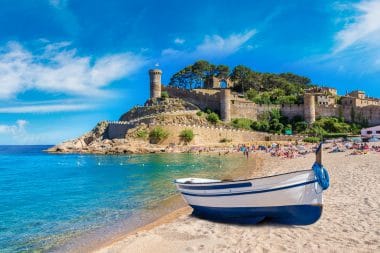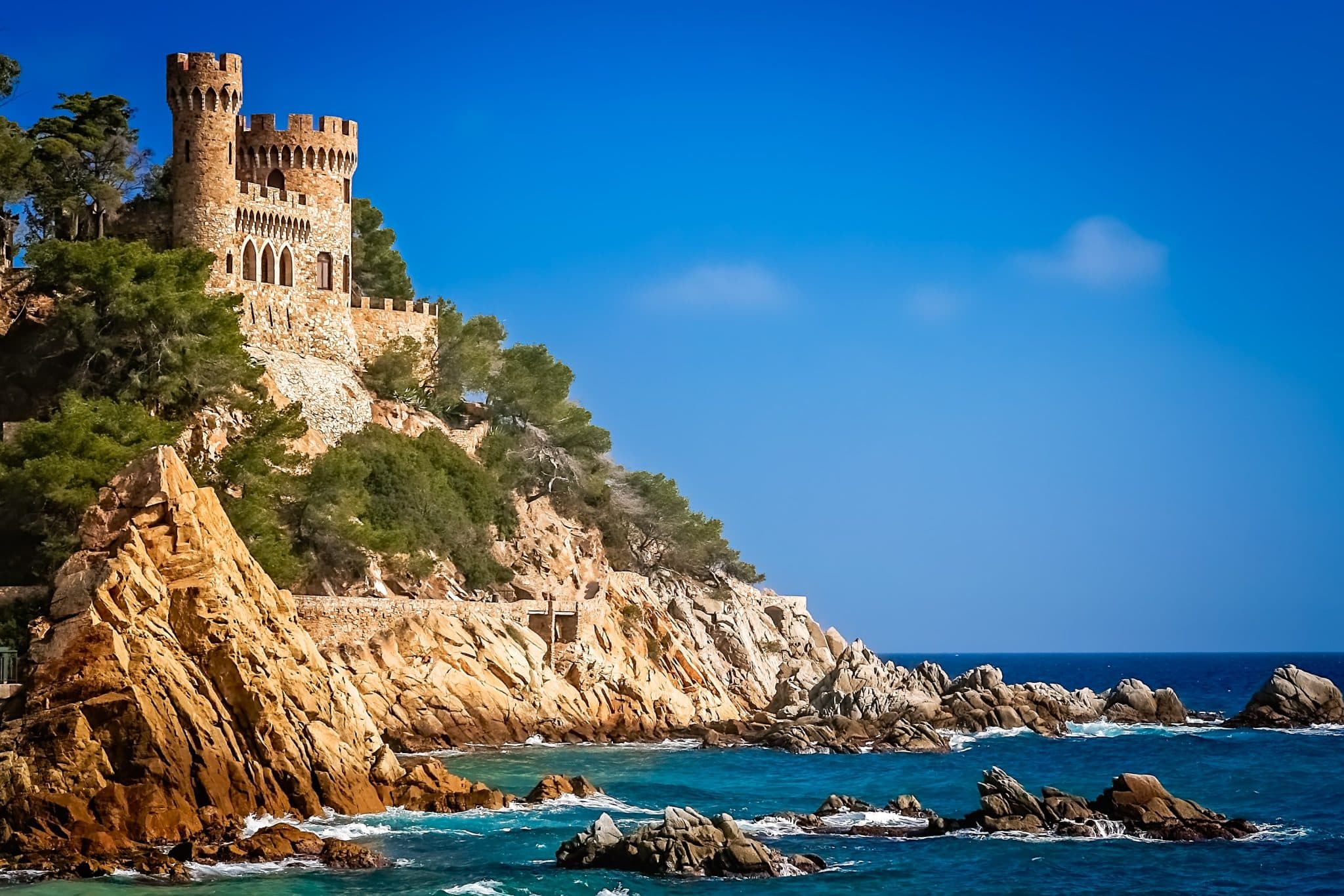Many people are particularly familiar with the Costa Brava because it is one of the most popular bathing and beach areas in Europe . But the coastal strip of Catalonia is much more than that. A unique landscape, many great cities nearby and sights wherever you look complete the picture of the real Costa Brava.
And while there is little to be said against a holiday in a hotel and on the beach to relax, you should take your time to explore this special stretch of Spain. So you not only learn a lot about the country and its people, but you can also discover a variety of great places and beautiful nature.
What is the Costa Brava and what does it stand for?
The Costa Brava was given the name by a journalist. However, the “wild coast” is relatively close to life here. It runs from the French coast in the mountains through Catalonia and ends about 60 kilometers north of Barcelona . This also means that the famous city is not part of the Costa Brava at all – a common misconception that shouldn’t really matter. Because even without Barcelona, there are a wide variety of sights and interesting places in this region that you should visit. Above all, the fact that many of the villages and small towns still have the charm of the Middle Ages invites many visitors.

Above all, you should be aware that a holiday on the Costa Brava does not necessarily have to be associated with partying. But it’s hard to escape the beach. It is not the fine sandy beaches in the tourist areas that exert the greatest attraction, but the wild and hardly touched coasts in the north and near the mountains. It is not difficult to find a coast and a bay where you are completely alone and can therefore take in nature.
Living and experiencing on the Costa Brava – what are the sights?
The Costa Brava owes its name above all to the impressive stone coasts in the north of the region. Over many kilometers, the mountain ranges continue to drop and reveal a rugged coast, which can only be found in this form in a few places in Europe. Therefore, many hikers and athletes are drawn to this region, as they can explore the almost untouched nature by bike or on hikes. Water sports also play a role – the Costa Brava is known for its windsurfers, among other things.
Later, further south, there are fine sandy beaches that are also used by holidaymakers. So there is a great diversity in nature, which is one reason why the Costa Brava is very popular with holidaymakers today for a variety of reasons.
The Costa Brava is particularly known for the many small towns in the interior of the country, which sometimes still look as if they were taken almost directly from the Middle Ages. In direct contrast to this are the small fishing villages and towns such as Cadaqués, which with their unique charm are not only an attraction for holidaymakers, but also show the life that has hardly changed here for many hundreds of years. Only fishing plays only a subordinate role compared to tourism.
If you want to visit a particularly beautiful city in the region, you should move a little away from the coast and take the path to Girona. The typical Catalan cuisine awaits you as well as a fortress in the area, which has never been polished and therefore dates directly from the Middle Ages. In Girona, you can also experience the typical inhabitant of the region, the proud Catalan, who has shaped his very own culture for so many centuries, which can sometimes be very different from the rest of Spain’s culture.
Culinary and special things in the Costa Brava region
A lot has already been said about the possibilities for activities on holiday on the Costa Brava. For example, options are available that are wonderful for sports or hiking. Visits to the villages, in the mountains or on the coasts are almost mandatory. However, you won’t find a German or an English map everywhere. On the other hand, the people are cordial and will help to find the best food in the restaurants and the most interesting places in the immediate vicinity of the villages and towns.
If you are looking for culinary delights, this is the place for you. Typically, the coasts are home to the fresh fish and seafood that are so typical of the north of Spain . But a culture of its own has also been preserved in other ways. Hearty stews and spicy food are not uncommon here, and the typical tapas can also be found in almost every place. So if you are looking for refreshment after a long hike, you will find many interesting and delicious options.


